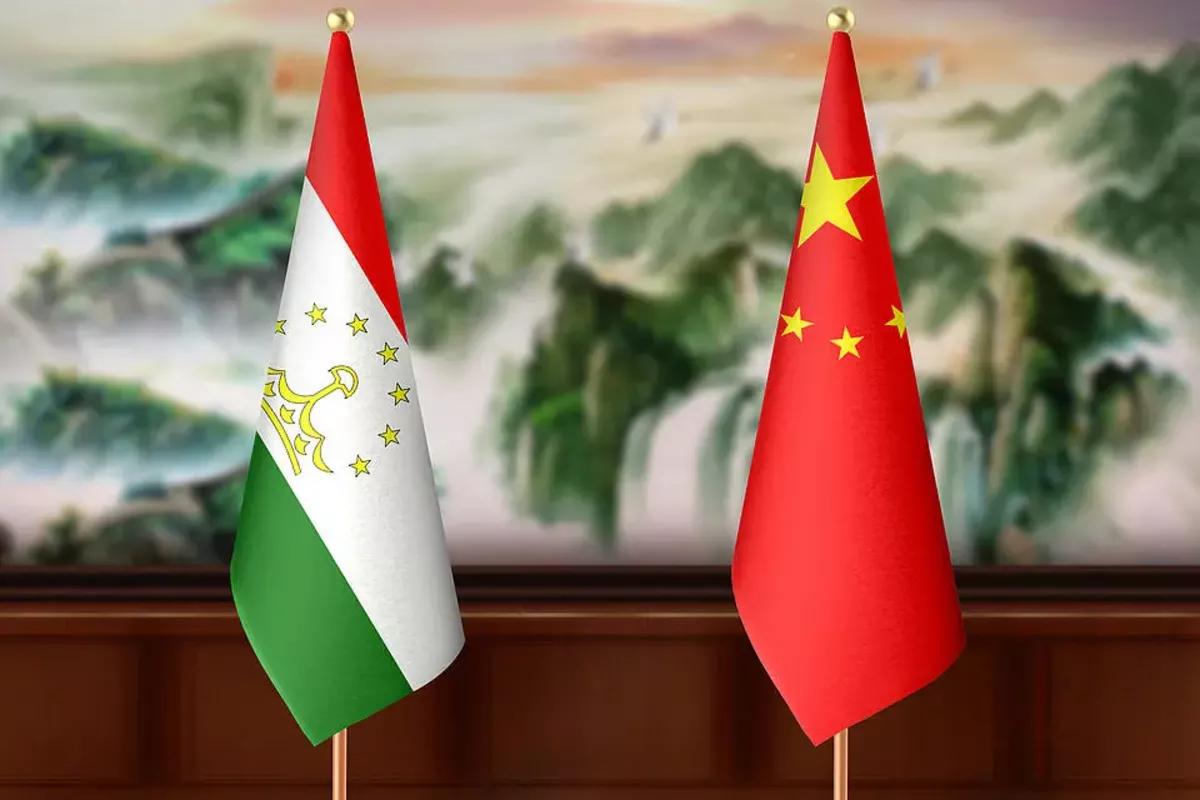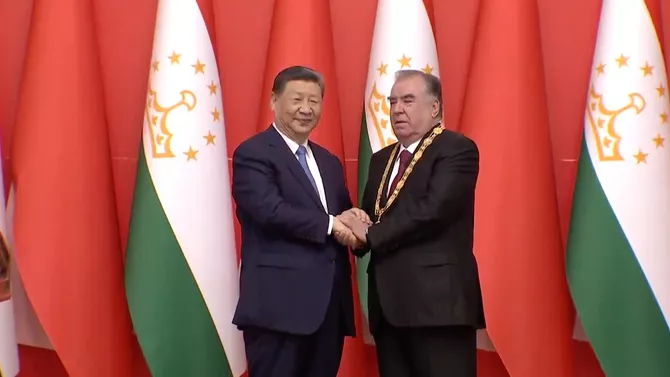
photo: Avesta.tj
According to reports by Tajik media, China has, for the first time in history, become Tajikistan’s main trading partner, surpassing Russia, which had consistently held this position since the late 1990s. In the first half of 2025, bilateral trade between China and Tajikistan reached nearly $965 million-an increase of almost 30% compared to the same period in 2024.
However, the structure of this trade remains significantly imbalanced. Tajikistan's exports to China amounted to just under $180 million, while imports from China reached approximately $788 million. As a result, China’s share in Tajikistan’s overall foreign trade turnover stood at 24.8%, surpassing Russia’s 23.2% by more than 1.5 percentage points.
Notably, this shift occurred despite a more than 9% increase in trade turnover between Tajikistan and Russia during the first five months of 2025 compared to the same period in 2024. This clearly demonstrates the extraordinary pace at which China's role in Tajikistan’s economic life is expanding. One of the key reasons for this trend is the significant growth in Chinese capital investment in Tajikistan, which has far outpaced that of Russia. Since 2017, Chinese investments have exceeded $5 billion, while Russian investments remain below $2 billion.
In this context, the Karasu border crossing point, located in China’s Xinjiang Uygur Autonomous Region and serving as the only land checkpoint between the two countries, takes on special importance. The growth of bilateral trade through this crossing is a clear indicator of the expanding cooperation under China’s Belt and Road Initiative. For instance, between January and May 2025, the number of commercial vehicles exported through the Karasu checkpoint surged by nearly 103%.
Today, more than 700 companies with Chinese capital operate in Tajikistan, primarily in mining, processing industries, geological exploration, telecommunications, construction, and other sectors. A significant driver of this success was the signing in 2024 of a 15-year intergovernmental agreement on mutual investment protection and promotion. This agreement was signed during Chinese President Xi Jinping’s state visit to Dushanbe, during which the two sides also adopted a Joint Statement on Comprehensive Strategic Partnership.

photo: CGTN
Symbolically underscoring the strength of bilateral ties, President Xi awarded President Emomali Rahmon the Order of Friendship during his visit. The two leaders also attended the inauguration of new parliamentary and government buildings in Dushanbe, constructed with Chinese assistance. More than 20 agreements were signed during the visit, covering cooperation in trade, communications, strategic mineral resources, security, and the humanities.
One of the visit's key outcomes was the announcement of a joint initiative to build a China-Tajikistan community with a shared future-defined by generational friendship, solidarity, mutual benefit, and a win-win approach from a higher starting point.
In May 2025, during a meeting between the Ministry of Industry and New Technologies of Tajikistan and the Chinese Embassy, both sides reaffirmed their commitment to expanding cooperation in strategic industrial sectors and high technology. Discussions included joint projects aimed at developing production infrastructure, implementing innovative solutions, and boosting Tajikistan’s export potential.
Also in May, the transport ministries of the two countries discussed the development of a multimodal transport corridor linking China, Tajikistan, Uzbekistan, Turkmenistan, Iran, Türkiye, and Europe. The Tajik side expressed support for the project, noting its potential to reduce transport costs and transit time compared to current routes, thereby contributing to the revival of the historical Silk Road and the development of regional economic integration.
Further agreements were signed in June 2025 at the second China-Central Asia Summit in Astana. Emomali Rahmon and Xi Jinping highlighted priority areas of cooperation, including the creation of industrial and technology parks, the launch of joint scientific research IT centers, the production of electric vehicles, solar panels, pharmaceuticals, and chemical products, as well as the establishment of a bilateral leasing company. The two sides also adopted a trade and economic cooperation program extending to 2030 and signed agreements on intellectual property and artificial intelligence cooperation, among others.
On the cultural front, Tajikistan held successful Cultural Days in China in April 2025, which drew considerable public interest and further deepened people-to-people ties.
In conclusion, China’s emergence as Tajikistan’s leading trading partner is far from accidental. It is the result of a long-term, carefully pursued strategy to strengthen mutual understanding and cooperation across all sectors. Dushanbe and Beijing have laid a solid foundation for the continued development of a relationship with immense potential.
If current trends continue, China is poised not only to solidify its trade leadership in Tajikistan but also to become the country’s most important strategic partner-one capable of playing a defining role in Tajikistan’s economic modernization, technological advancement, and global integration.
Share on social media